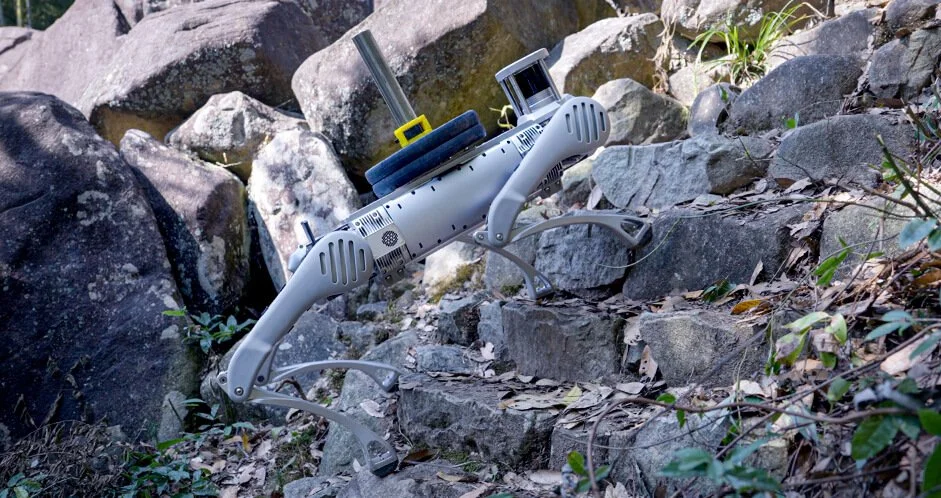
robotics and safety
Humanoid robots in the security sector bring an improved level of surveillance, better analysis capability and reduced costs, while limiting the risks to human personnel.
-
Deterrent presence and 24/7 monitoring
Humanoid robots can be deployed in high-security areas (public buildings, factories, shopping malls) for continuous surveillance. Their mere presence deters intrusions or inappropriate behavior, especially as their humanoid appearance enables better interaction with visitors and employees.
-
Monitoring and advanced detection
Equipped with cameras, thermal sensors, motion sensors and facial recognition systems, these robots can detect anomalies (such as intrusion or unauthorized presence) with superior accuracy. This also enables better detection of suspicious behavior.
-
Rapid response to incidents
Some humanoid robots can be equipped to react immediately to threats, by activating alarms, locking down areas, or informing human security guards. This reactivity helps to limit potential damage and rapidly secure the environment.
-
Real-time communication with agents
Humanoid robots can be programmed to establish direct contact with human security teams, providing accurate information on incidents in real time and improving response coordination.
-
Emergency assistance
In situations such as fires, intrusions or accidents, robots can guide people to exits, detect risky areas and alert the authorities. Some humanoid robots can also be configured to provide first aid or secure victims while waiting for help.
-
Reduced labor costs
In the long term, robotics can reduce the need for human personnel for certain repetitive or risky tasks, enabling security companies to better allocate their resources and cut operating costs.
-
Data collection and analysis
Humanoid robots can collect data continuously, providing insights into security trends and vulnerabilities. This information can be used to optimize security strategies and identify sensitive areas.
